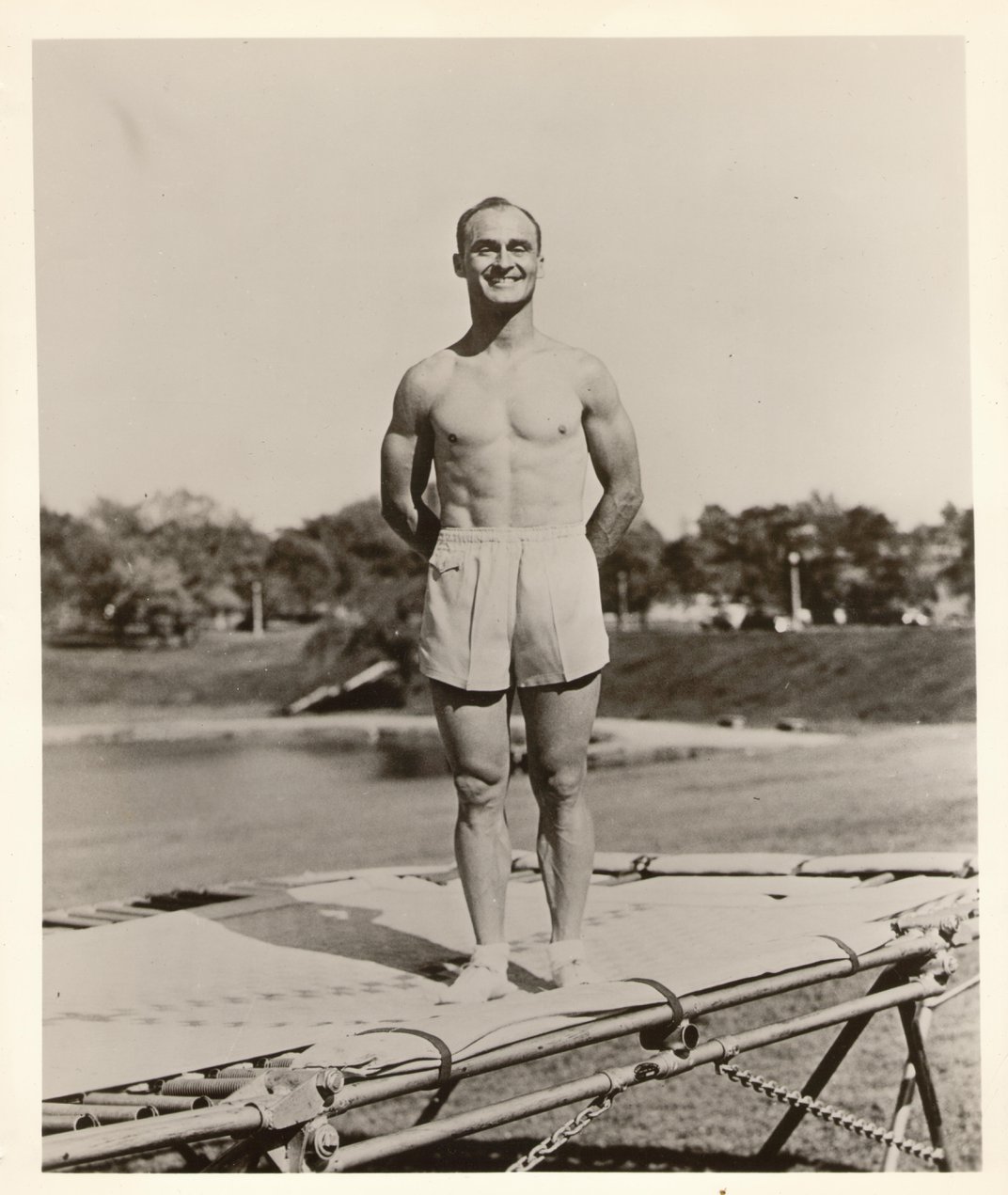Last week we attended the annual conference of the American Society of Engineering Education (ASEE) where Lichtenberger Engineering Library Director Kari Kozak was awarded with the Homer I. Bernhardt Distinguished Service Award by the Engineering Libraries Division (ELD). From the Association Society of Engineers – Engineering Libraries Division: The ASEE ELD 2023 Homer I. BernhardtContinue reading “Kozak wins Homer I. Bernhardt Distinguished Service Award”
Category Archives: Blog
Happy National Gardening Day!
The weather has been beautiful this week, so we’re all looking for things to do outside. How about plan your garden this year? We can help! Yes, we have gardening books. Here are a few to get you started: Tired of mowing your lawn? Turn it into a yard-sized garden! Eco-Yards: simple steps to earth-friendlyContinue reading “Happy National Gardening Day!”
Celebrate Native American Heritage Month
Happy Native American Heritage Month. As a university that sits on the homelands of many tribes past and present, it is important to us to acknowledge the significant contributions that Native Americans have made to our culture and sciences. Native American Scientists provides a short biography of the lives and work of Fred Begay, WilfredContinue reading “Celebrate Native American Heritage Month”
Engineering Origami
It’s World Origami Day! Did you know that the art of paper folding has applications in engineering? Biomedical engineering, robotics, space structures and more use techniques from origami. Origami dates all the way back to Song Dynasty China (905-1125 CE), but you may not recognize it as the art form it is today. Many definingContinue reading “Engineering Origami”
How do I… Request an item?
If the University of Iowa Libraries do not have a book you’re looking for, or if it’s checked out, you can request the item and we’ll bring it to Iowa City for you for free! Here’s a quick walkthrough of the InterLibrary Loan (ILL) process: 1. Find the book you’re looking for. If the bookContinue reading “How do I… Request an item?”
How do I…. find a book?
Walking into the Engineering Library, you may not see what you’re expecting. In fact you may ask, where are all of the books? It may surprise you to learn that we have over 45,000 books in the library ready for you to check out. Here’s how you find them: When you enter the library, youContinue reading “How do I…. find a book?”
Patents Everywhere – Levi Strauss and Blue Jeans
When you talk to your engineering librarians, you may think that we talk about Patents and Standards too often, but patents are all around you, including in your jeans! Born 1829 in Bavaria, Germany, Levi Strauss immigrated to the United States when he was sixteen when he immigrated to New York to escape religious discriminationContinue reading “Patents Everywhere – Levi Strauss and Blue Jeans”
Dr. Kook-Wha Koh
This week we are featuring successful chemical engineer and entrepreneur Dr. Kook-Wha Koh. Born in Korea, Kook-Wha studied Chemical Engineering at Seoul National University. She and her childhood sweetheart Kwang-Kuk Koh came to the US in 1965 to further their study in chemical engineering at the University of Iowa. They chose Iowa because of theirContinue reading “Dr. Kook-Wha Koh”
Avery L. Bang
Avery Bang is putting her engineering skills to work to create social and economic opportunities by building bridges. The daughter of a civil engineer, Bang learned the importance of infrastructure early in life. Bang graduated from the University of Iowa in 2007 with dual degrees in Civil Engineering and Studio Art. In addition to herContinue reading “Avery L. Bang”
George Nissen and the Trampoline
George Nissen was born in Blairstown, Iowa, in 1914 and moved to Cedar Rapids as a child. It was at the local YMCA that he would learn both tumbling and diving. In 1930, 16-year-old Nissen attended a circus performance where he saw acrobats falling onto safety nets, finishing their descents with somersaults. Nissen considered theContinue reading “George Nissen and the Trampoline”
